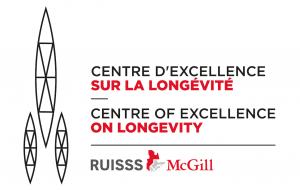Elderly emergency room users and agerelated adverse outcomes: Issues, challenges and perspectives with the “Emergency Room Evaluation and Recommendations” (ER2) tool
Emergency Rooms (ERs) across North America are under duress because of overcrowding, delays and diversions, whose increases can be exponential. The aging of Canada’s population amplifies the magnitude of this issue, as older ER users are the fastest increasing group of ER users and they possess complex and specific needs. Regardless the reason for an ER visit, multi-morbidities and disabilities tend to define older ER users. These two characteristics go a great way in explaining the pernicious age-related events which may arise during an ER visit, such as greater ER and hospital lengths of stays, and a higher hospital admission and in-hospital mortality rates, when compared to younger ER users.
Appropriate use of antipsychotics drugs in long-term care centres, Opus-Ap program: measuring the effects of Phase 1
Antipsychotics (AP) are frequently used in Quebec long-term care centres (LCT), especially in older residents with major neurocognitive disorders (MNCD), and behavioural and psychological symptoms of dementia (BPSD), with prevalence up to 50%. There are issues related to the prescription of APs: They are associated with adverse health events, high costs and poor quality of life; their appropriateness is often questioned because due to poor efficacy and safety concerns. Their high prevalence is an indicator of suboptimal care. In 2017, the Quebec Health and Social Services Ministry in partnership with the Canadian Foundation for Healthcare Improvement launched the pilot phase of OPUSAP in 24 LTC with the overall objective to 1) Improve the appropriateness of AP use in older residents with MNCD and BPSD and 2) Prioritize the use of non-pharmacological interventions.
Measuring the Effects of the Hospital Elder Life Program (HELP) at the Jewish General Hospital: A Pre-post Intervention Study
The Hospital Elder Life Program (HELP) is a comprehensive inpatient-care program which ensures optimal care for older adults in the hospital. The primary goals of the HELP program are: Maintaining cognitive and physical function in high risk older adults throughout hospitalization, maximizing independence at discharge, assisting with the transition from hospital to home, and preventing unplanned hospital readmissions. These goals have been accomplished using a multicomponent intervention strategy. In addition to targeted interdisciplinary geriatric assessment, the program uses an innovative volunteer model to provide personal, supportive attention to vulnerable older inpatients.
Cannabis – Medical Cannabis use in older patients: update on medical knowledge
In 2001, Canada was the first country in the world to allow the use of medical cannabis (i.e., a broad term which encompasses the use of cannabis for therapeutic purposes) also known as medicinal marijuana. More recently, new Canadian legalization was enacted which governs the use of cannabis for recreational purpose, leading Canada to become the second country to legalize marijuana after Uruguay. This recent foray into legalization led cannabis back to the medical prescription pad for physicians. There is increasing scientific data suggesting that cannabis could be beneficial for a large range of medical conditions.
Physicians must be well aware of related medical knowledge (i.e., indications, dose and safety properties) before prescribing cannabis to older patients who are a priori more prone to adverse cannabis effects, when compared to younger patients. A mini-review was conducted to examine evidence relative to medical cannabis use in older patients.
Benchmarking and validating of computerized olfactory test for subjects at the light dementia phase of Alzheimer’s disease
Population aging is associated with an increase in the number of sufferers of Alzheimer’s disease (AD), which in turn leads to a corresponding growth in the costs of caring for these persons. We do not currently possess sufficient knowledge concerning the biological sign markers which would allow us to better prevent and delay the effects of AD.
Scientific researchers are unanimous, and have validated that olfactory identification is a reliable biomarker in the illnesses’ preclinical phase, or light dementia phase. Olfactory disorder has been accepted as a forerunning sign of the evolution of light cognitive decline into AD, as precisely as any other biological marker.
Alzheimer plan, Phase 1 and Phase 2
Following the May 2009 publication of the “Relever le défi de la maladie d’Alzheimer et des maladies apparentées, une vision centrée sur la personne, l’humanisme et l’excellence (Tackling the Challenges Presented by Alzheimer’s and Other Related Diseases; a Focus on People, Humanism and Excellence)” report by Dr. Howard Bergman, presented at the request of the Government of Quebec, the Ministry of Health and Social Services oversaw the two-year launch of a first phase of 19 local projects aiming to give better access to health and social services to patients suffering from Alzheimer’s disease and other major neurocognitive disorders.
These projects were spread over the province of Quebec and financed between April 2013 and March 2016.



